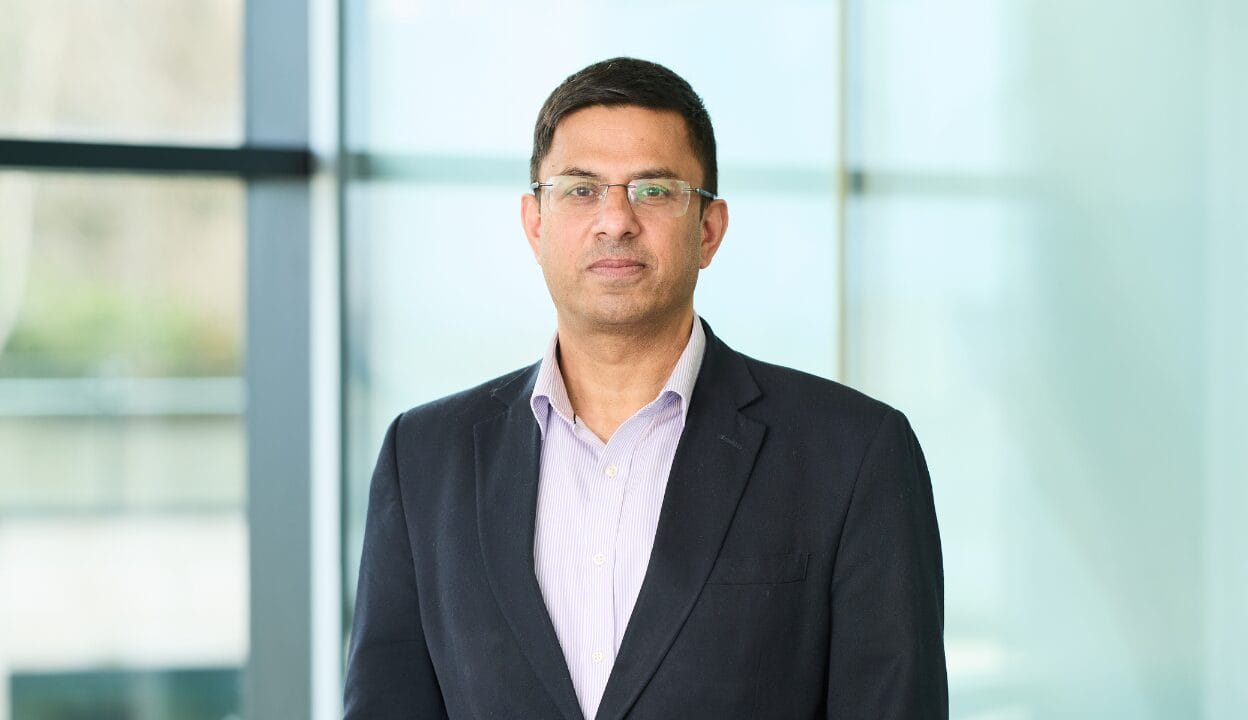Investors should be examining the drivers of active return from managers – in other words monitoring exactly what they are paying for. And now with the help of a study by MSCI, investors can compare the extent to which factors and stock selection are driving active returns, making it easier for them to evaluate managers’ skill.
A new paper by MSCI, Anatomy of active portfolios, looks at the attribution of active performance – that is, above the benchmark or beta performance – and finds that factors contribute more than half of active return.
The authors examined five-year active performance data from 1315 diversified active global and international mutual funds over 13 years from September 2003 to December 2016. They found that for the top-performing funds, 55 per cent of active return was due to factors and 45 per cent was from stock selection.
“In short, we found that, based on absolute contribution fractions, 16 style factors, collectively, had the largest impact on a typical fund’s performance,” authors Leon Roisenberg, Raman Aylur Subramanian and George Bonne, from MSCI, state.
Given this finding, that more than 50 per cent of active return is due to factors, rather than skill, investors could reconsider what they are paying for and how much it’s worth.
The study found that most funds had a significant exposure to factor groups, which it defines as including country, industry, style and currency. And among these factor groups, style had the largest impact on active performance, with 34 per cent of factor returns, on average, attributed to style.
Among the individual styles, size and growth had the biggest impact, with 63 per cent of funds benefiting from a positive contribution from both of those. This was followed by momentum (which gave 60 per cent of funds a positive contribution), quality (53 per cent) and value (46 per cent).
MSCI’s in-depth analysis of the contribution of style factors to active performance also raises questions about the ability of managers to be true to label. For example, the study found that, for value managers, the active return contributions from volatility, price momentum and profitability factors each accounted for more than the value factor, which contributed 15 per cent of the total style contribution, compared with 19 per cent, 18 per cent and 17 per cent, respectively, from the other factors.
The paper reports that while active funds had a significant exposure to their target, or stated factors, such as value, most funds also had a significant exposure to other factors. This suggests the need for a benchmark that is consistent with a fund’s stated objectives, which would help highlight the drivers of performance.
The paper shows that over the entire period measured, the average trailing five-year active performance was 73 basis points a year, before transaction costs and fees. It doesn’t consider the returns after costs and fees.
Outperformance tougher than thought
Another recent academic study, Why indexing works, shows that outperforming the benchmark is more challenging for active managers than previously thought, regardless of fees.
This paper’s authors – from Chicago Booth School of Business, Oxford University, and law firm, Bartlit Beck Herman Palenchar & Scott – state that active equity managers often find it difficult to keep up with the benchmark, let alone outperform it.
They say previous research has focused primarily on fees as the cost of active management. Instead, they present a model that suggests the much higher cost of active management may be the inherently high chance of underperformance that comes with attempts to select stocks.
“One reason indexing works so well,” the paper states, “is that, on average it seems, active management faces a higher hurdle than previously recognised. Missing (or underweighting) the securities that significantly outperform other securities is a strong headwind for an active manager to overcome. This view of the active-passive problem helps us understand the mystery of how so many smart people, with enormous financial and informational resources, systematically do such a poor job investing money.
“To the extent that those allocating assets have assumed that the only cost of active investing above indexing is the cost of the active manager in fees, that assumption should be revisited. Active managers do not start out [on] an even playing field with passive investing…Put another way, passive investing may have a larger head start on active investing than previously believed. When creating a portfolio combining passive and active strategies, independently of past performance, return estimation should be adjusted for the inherent statistical disadvantage of the active manager combined with the higher fees.”


